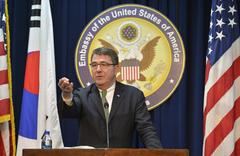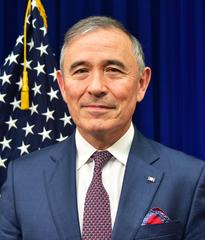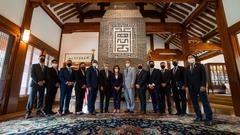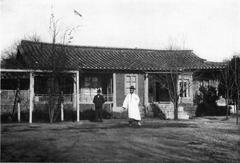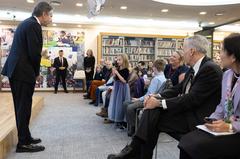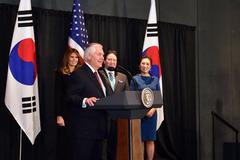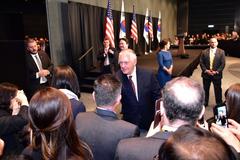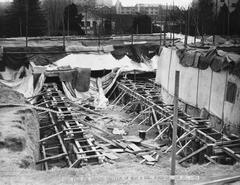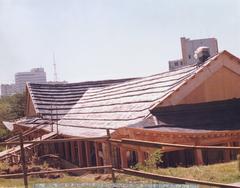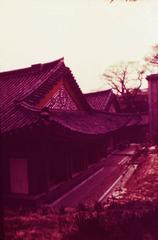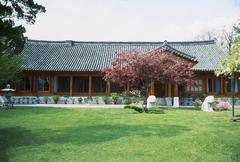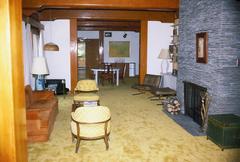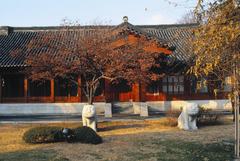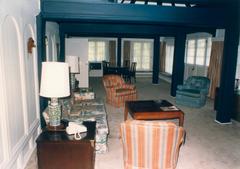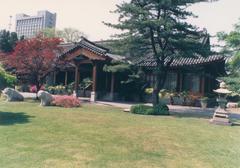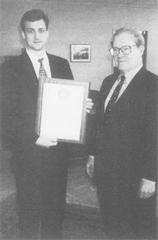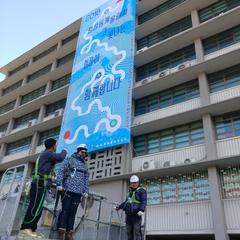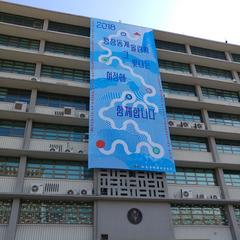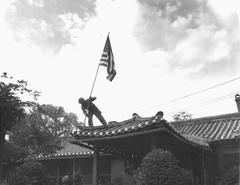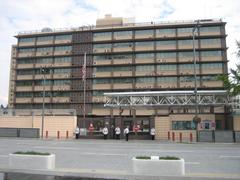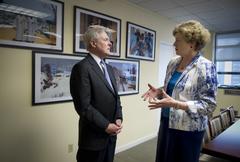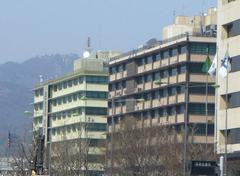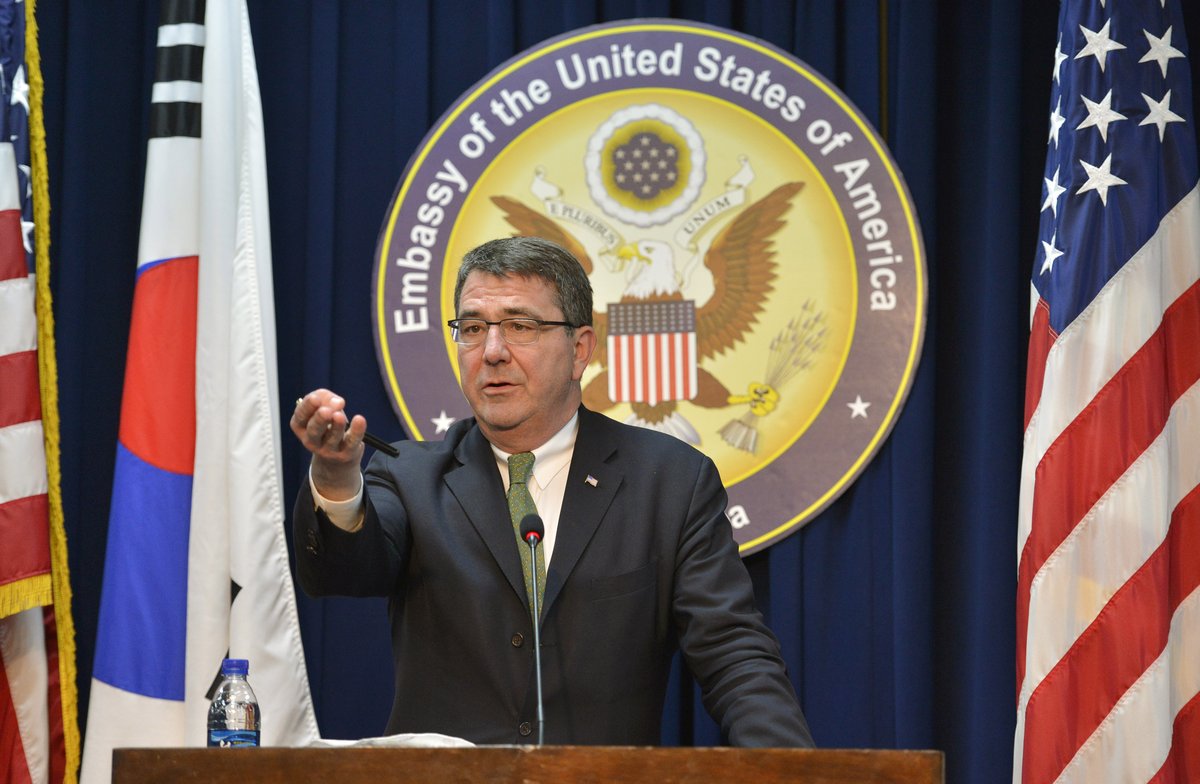
Visiting the Embassy of the United States in Seoul, South Korea: Complete Guide with Hours, Tickets, and Tips
Date: 14/06/2025
Introduction
The U.S. Embassy in Seoul is a vital landmark, symbolizing the strong diplomatic bond between the United States and South Korea. Situated in Seoul’s Jongno-gu district—a hub of political, historical, and cultural activity—the embassy reflects more than a century of bilateral cooperation, from the signing of foundational treaties to contemporary security and economic alliances. While the embassy’s interior is closed to the general public for security reasons, its location places visitors in the heart of Seoul’s historic core, surrounded by iconic sites such as Gyeongbokgung Palace, Bukchon Hanok Village, and the National Museum of Korean Contemporary History.
This comprehensive guide covers the embassy’s historical significance, visiting protocols, operational hours, nearby attractions, transportation options, and essential tips for a smooth visit. For the most current information, always consult the official U.S. Embassy Seoul website and other reputable sources (U.S. Department of State).
Table of Contents
- Introduction
- Historical Overview and Diplomatic Significance
- Visiting the U.S. Embassy Seoul: Practical Information
- Location, Transportation, and Security
- Consular Services and FAQs
- Exploring Gwanghwamun and Central Seoul
- Summary and Essential Reminders
- References and Further Reading
Historical Overview and Diplomatic Significance
Early U.S.–Korea Diplomatic Relations
U.S.–Korea relations began with the 1882 Treaty of Peace, Amity, Commerce, and Navigation, which established formal ties and led to the arrival of the first American diplomatic envoy in 1883. This period marked the onset of cultural and commercial exchange between the two nations (U.S. Department of State).
Colonial Era and Interruption
In 1905, following the Russo-Japanese War, Japan assumed control over Korea’s foreign policy, culminating in full annexation in 1910. As a result, direct U.S.–Korea diplomatic relations ceased for several decades (BBC Timeline).
Post-World War II & the Modern Embassy
After Korea’s liberation in 1945, the peninsula was divided, with the U.S. administering the South. The Republic of Korea was established in 1948, and U.S. diplomatic relations were officially restored in 1949 with the opening of the embassy in Seoul. The embassy played a critical role during the Korean War (1950–1953), facilitating military and humanitarian aid (BBC Timeline).
Role in South Korea’s Democratization and Security
The U.S. Embassy supported South Korea’s transition to democracy in the 1980s and 1990s, participated in economic negotiations, and has remained central to ongoing security and defense cooperation, including U.S. troop presence and joint military exercises (Wilson Center).
Key Diplomatic Moments
- Korean War (1950–1953): Embassy coordinated U.S. and UN support.
- 1980s–1990s: Supported democratization and economic reforms.
- 1991: South Korea joined the United Nations.
- 2007: U.S.–Korea Free Trade Agreement signed.
- 2012: South Korea elected its first female president, Park Geun-hye (BBC Timeline).
Involvement in Inter-Korean Relations
The embassy has played a key role in coordinating responses to North Korean provocations, supporting peace initiatives, and facilitating humanitarian assistance, including during the historic 2000 inter-Korean summit (U.S. Embassy Seoul).
Visiting the U.S. Embassy Seoul: Practical Information
Hours and Access
- Opening Hours: Monday to Friday, 08:30 – 17:00; closed on weekends and public holidays.
- Public Tours: Not available due to security protocols; only visitors with confirmed appointments are admitted.
- Consular Services: By appointment only. See the official scheduling page.
Appointment System and Entry
- Appointments: Mandatory for all routine services; schedule online.
- Entry Requirements: Bring a government-issued photo ID and appointment confirmation. Only one cell phone and one set of car keys allowed; other electronics, large bags, and sharp objects are prohibited.
- Security Screening: All visitors must pass through metal detectors and bag checks.
- Emergency Services: For urgent assistance outside office hours, call +82-(0)2-397-4114.
Accessibility
- The embassy provides ramps, elevators, and accessible restrooms. Most consular services are accessible for visitors with disabilities.
Nearby Attractions
- Gyeongbokgung Palace: Main royal palace of the Joseon dynasty, with guided tours and hanbok rentals.
- Bukchon Hanok Village: Preserved traditional Korean houses.
- Insadong: Cultural district with galleries, cafés, and artisan shops.
- National Museum of Korean Contemporary History: Located adjacent to the embassy.
- Cheonggyecheon Stream: Urban waterway for scenic walks.
- King Sejong & Admiral Yi Statues: Popular monuments in Gwanghwamun Square.
Cultural Programs and Events
While the embassy itself does not offer public tours, it hosts occasional cultural programs, lectures, and exhibitions. For event details, visit the U.S. Embassy Seoul news page.
Location, Transportation, and Security
Address
- 188 Sejong-daero, Jongno-gu, Seoul, South Korea
Also sometimes listed as 32 Sejongno, Jongno-gu (Embassies.info, EmbassyPages).
Getting There
- Subway:
- Gwanghwamun Station (Line 5), use Exit 2 or 7.
- City Hall (Lines 1 & 2) and Jonggak (Line 1) within walking distance.
- Bus:
- Multiple lines serve Sejong-daero; signs are in Korean and English.
- Taxi/Car:
- Use the Korean address: 서울특별시 종로구 세종대로 188. Parking is not available; public transport is advised.
- Walking/Cycling:
- Pedestrian-friendly; bike rental stations nearby.
Security and Safety
- Screening: Strict security measures in place; see security protocols.
- Prohibited Items: Electronics (except one phone), large bags, sharp objects, and weapons.
- Demonstrations: Political gatherings may occur nearby; generally peaceful, but avoid large crowds and consult Stars and Stripes or embassy alerts for updates.
Consular Services and Frequently Asked Questions
Services Offered
- Visa Services: Non-immigrant and immigrant visas.
- Passport Services: Renewal and issuance for U.S. citizens.
- Notarial Services: For legal documents.
- Birth Registration: Consular Report of Birth Abroad.
- Emergency Assistance: For U.S. citizens in distress.
FAQs
Q: What are the U.S. Embassy Seoul visiting hours?
A: Monday to Friday, 08:30 – 17:00; closed weekends and holidays.
Q: Do I need an appointment?
A: Yes, for all routine services. Walk-ins are not accepted.
Q: What can I bring inside?
A: Only one cell phone and one set of car keys. No other electronics, large bags, or sharp objects.
Q: Is photography allowed?
A: No, photography is prohibited inside the embassy. Photos of the exterior and public areas are allowed.
Q: Are tours available?
A: No public tours are offered.
Q: How do I get to the embassy by subway?
A: Gwanghwamun Station (Line 5) Exit 2 or 7; City Hall and Jonggak stations are also nearby.
Q: Is the area accessible for people with mobility needs?
A: Yes, but some nearby historical sites may have uneven surfaces—plan accordingly.
For emergencies, call +82-(0)2-397-4114. For routine questions, see the contact page.
Exploring Gwanghwamun and Central Seoul
Top Historical Sites
- Gyeongbokgung Palace:
- Hours: 9:00 AM – 6:00 PM (Mar–Oct), 9:00 AM – 5:00 PM (Nov–Feb), closed Tuesdays.
- Tickets: ₩3,000; free with hanbok.
- National Museum of Korean Contemporary History:
- Free admission; open 9:00 AM – 6:00 PM, extended hours Wed & Sat.
- Bukchon Hanok Village, Insadong, Cheonggyecheon Stream, Deoksugung Palace:
- Each offers unique cultural experiences and is within walking distance.
Museums and Cultural Institutions
- National Folk Museum of Korea (inside Gyeongbokgung): Free, closed Tuesdays.
- Seoul Museum of History: Free, closed Mondays.
- Art Galleries and Cafés: Popular along Samcheong-ro and in Bukchon.
Seasonal Events and Tips
- Visit early or on weekdays to avoid crowds.
- Many sites offer English-language guided tours—check their official websites.
- Dress modestly when visiting palaces or government sites.
- Rent a hanbok for free palace entry and memorable photos.
Dining and Shopping
- The surrounding districts feature a range of eateries, from street food in Insadong to traditional restaurants and international cuisine.
Accessibility and Safety
- The area is generally accessible, but some historical sites may present challenges for those with mobility issues.
- Security is heightened near the embassy; always follow local guidelines.
Summary: Key Tips and Reminders
- The U.S. Embassy Seoul is not open for tours; all visits require an appointment and adherence to strict security protocols.
- Use public transportation for convenience.
- The embassy is centrally located, making it easy to explore major historical and cultural attractions nearby.
- Stay updated via the U.S. Embassy Seoul news page and enroll in STEP for safety alerts.
- For travel planning, download the Audiala app for real-time tips and curated guides.
References and Further Reading
- U.S. Embassy Seoul Official Website
- Embassies.info – U.S. Embassy Seoul
- U.S. Embassy Seoul – Appointments & Security
- Seoul Inspired – Gwanghwamun Guide
- BBC Timeline – South Korea
- U.S. Department of State Country Page
- Wilson Center – South Korean Diplomacy
- Stars and Stripes – News
